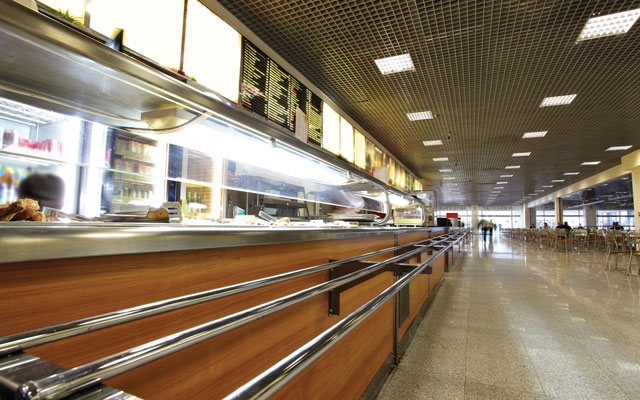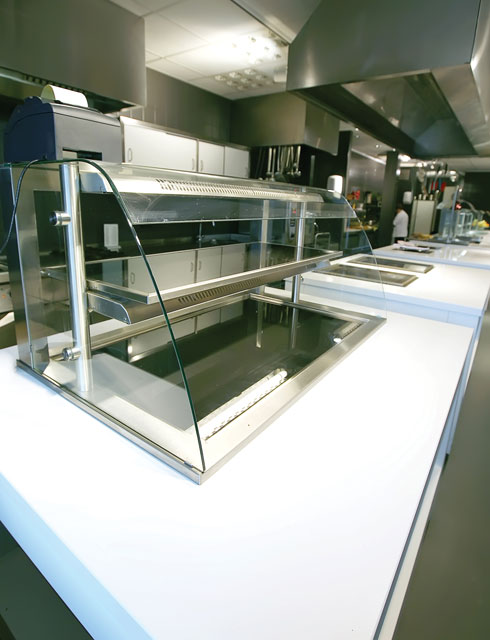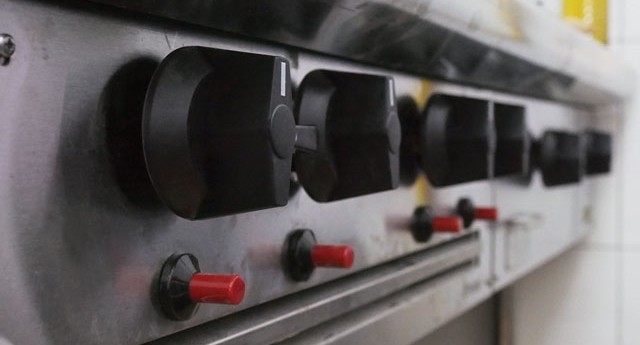
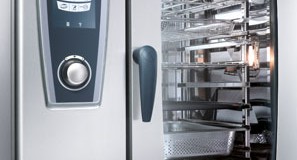
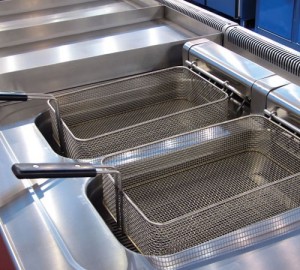 Equipment over time has evolved tremendously and there are many who have even fabricated their gadgets for use in their own kitchens to hold on to the traditional method of preparing their special dishes. But however much we want our own special equipment or purchase equipment, which we think can help us in our daily operation – it all comes with a price.
Equipment over time has evolved tremendously and there are many who have even fabricated their gadgets for use in their own kitchens to hold on to the traditional method of preparing their special dishes. But however much we want our own special equipment or purchase equipment, which we think can help us in our daily operation – it all comes with a price.
Visiting trade shows is a good way of looking at the latest in technology but it does not give you enough time to evaluate them effectively. Finding the right solution provider would help you but ultimately you need to know the equipment well enough before you decide to go ahead.
So, how can we restrain ourselves and not go overboard? These are simple tips and points which might help when you are out shopping or walking at trade shows before your next refurbishment or upgrade.
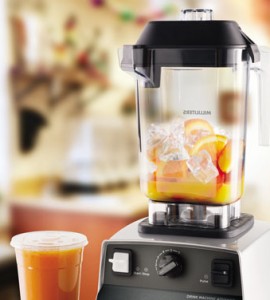 • Do You Have The Space For It? – Commercial equipment are big and heavy. Space is a constrain these days. The equipment that you purchase should have its designated place. Moreover, if you are replacing an equipment that you already have in the kitchen, what are your plans for the older unit?
• Do You Have The Space For It? – Commercial equipment are big and heavy. Space is a constrain these days. The equipment that you purchase should have its designated place. Moreover, if you are replacing an equipment that you already have in the kitchen, what are your plans for the older unit?
• Limit The Amount Of Equipment You Buy – focus on the items in your menu. Your aim is to keep your kitchen as clutter free as possible. This means buying as few pieces of restaurant equipment as possible to fit your space. Look for equipment that might have more than 1 function or feature.
• Try It Out – Many agents and dealers now have show kitchens that you can literally try out the equipment before you decide to purchase them. Bring the items of your menu to them and let them show you how their equipment can help simplify things for you.
• Make Sure That Your Building Can Support Numerous Commercial Appliances – before you go shopping, check your existing building regulations or existing power capabilities. Commercial equipment utilises more power than your household appliances and some premises would not be able to support these high powered equipment.
• Prioritise Your Selection – Buy for something you need in your menu now. Not something that you might only consider adding into your menu 12 months or more down the road. Having to pay more for an additional feature is only smart if that feature is something that will be used. Don’t get pressured into buying what you do not need.
• Price – get to more sources and see what is the best offer in the market. There are many equipment manufacturers in the market that has the same equipment but with different variety of features.
• After Sales Conditions – find out what is necessary during its installation and its maintenance programme before purchasing an equipment. Some equipment would require additional appliances or add ons that you might not have accounted for when you purchase them. Also, if you are purchasing a big equipment, can it get through the doorways or into lifts – if you happen to be on the 3rd floor?
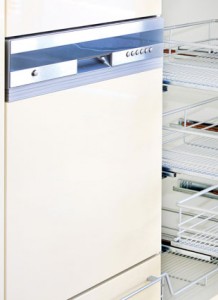 • Training – If you are purchasing a more high tech or complicated equipment, request for training to be included. With high staff turnover in the industry, this makes good sense to always request for a refresher’s course in your price.
• Training – If you are purchasing a more high tech or complicated equipment, request for training to be included. With high staff turnover in the industry, this makes good sense to always request for a refresher’s course in your price.
• Warranty – And finally warranty. Many commercial equipment operate the whole day. It is smart to purchase brands that have parts and service technicians who are available. If your equipment was specially fabricated, you might want to ensure that the parts used are easily available.








